Rome's Timeless Treasures Unveiled
Join us on a free walking tour through Rome's most iconic landmarks, exploring history, art, and culture in every step you take.
Time
3 Hours
Stops
9 Places
Distance
5.5 km
Colosseum
Begin your journey at the Colosseum, an iconic symbol of Imperial Rome and a testament to its architectural prowess.
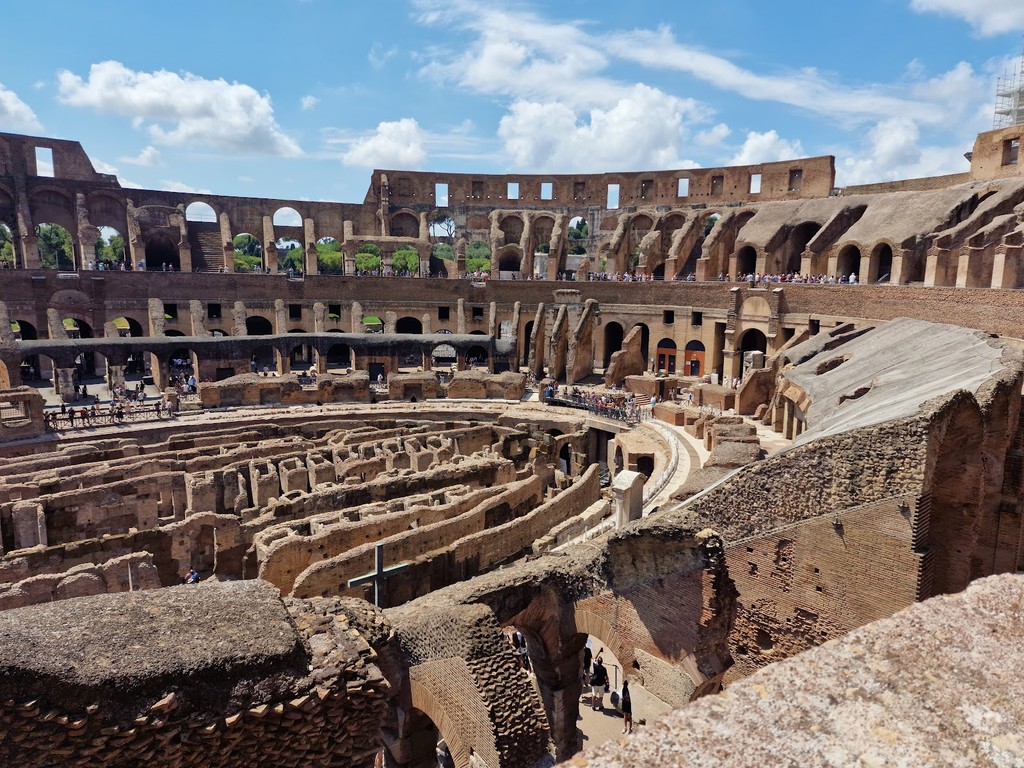
Colosseum (Source: Google Maps)
The Colosseum, an architectural marvel of ancient Rome, stands as a symbol of the grandeur of the Roman Empire. Completed in 80 AD, this amphitheater once hosted gladiatorial contests and public spectacles, drawing crowds of up to 80,000 spectators. Its elliptical structure, made of travertine stone, showcases the ingenuity of Roman engineering, featuring a complex system of vaults and arches. Over the centuries, the Colosseum has endured earthquakes and stone robbers, yet it remains a testament to Rome's historical significance. Today, it serves as a popular tourist attraction, where visitors can envision the thrilling events that once took place within its walls.
Palatine Hill
Explore one of the most ancient parts of the city, where Rome was founded and where emperors once resided.
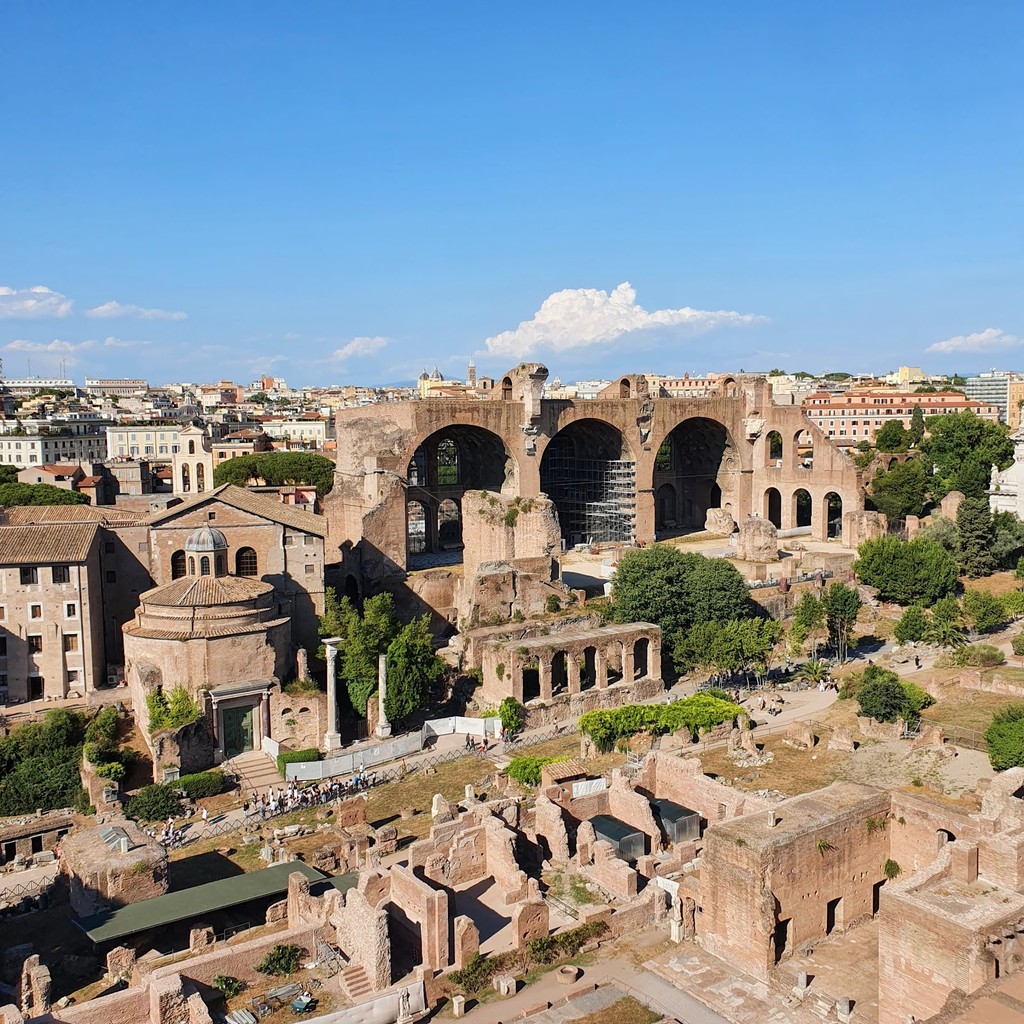
Palatine Hill (Source: Google Maps)
Palatine Hill is one of the seven hills of Rome and is steeped in history as the site of the city's founding. According to legend, Romulus established Rome here in 753 BC after killing his brother Remus. The hill later became the preferred residence of Rome's emperors, including Augustus and Tiberius. Archaeological excavations have revealed the ruins of grand palaces, temples, and gardens, reflecting the opulence of imperial life. The Palatine also offers breathtaking views of the Roman Forum and Circus Maximus, enhancing its cultural significance. Today, it is a key historical site, where visitors can walk among the remnants of ancient Rome and explore the myths and legends that shaped the city.
Roman Forum
Just a short walk from the Colosseum, the Roman Forum offers a glimpse into the heart of ancient Rome's political and social life.
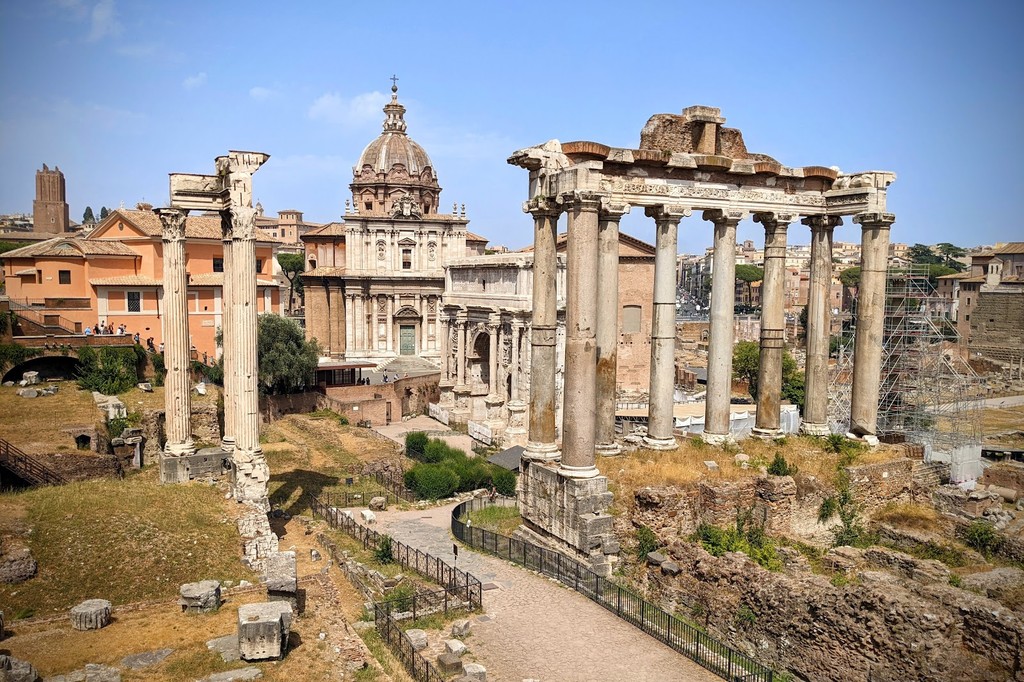
Roman Forum (Source: Google Maps)
The Roman Forum was the heart of ancient Rome, serving as a bustling center for political, social, and economic activity. Established in the 7th century BC, it evolved into a complex of temples, basilicas, and public spaces that reflected the city's grandeur. Key structures include the Temple of Saturn, the Senate House, and the Arch of Titus, each telling a story of Rome's rich history. The Forum was the site of elections, public speeches, and criminal trials, making it a focal point of Roman life. Today, visitors can wander through its ruins, gaining insight into the daily lives of ancient Romans and the significance of this historic site in shaping Western civilization.
Piazza Venezia
Head towards Piazza Venezia, a bustling hub dominated by the grandiose Vittoriano monument, also known as the Altar of the Fatherland.
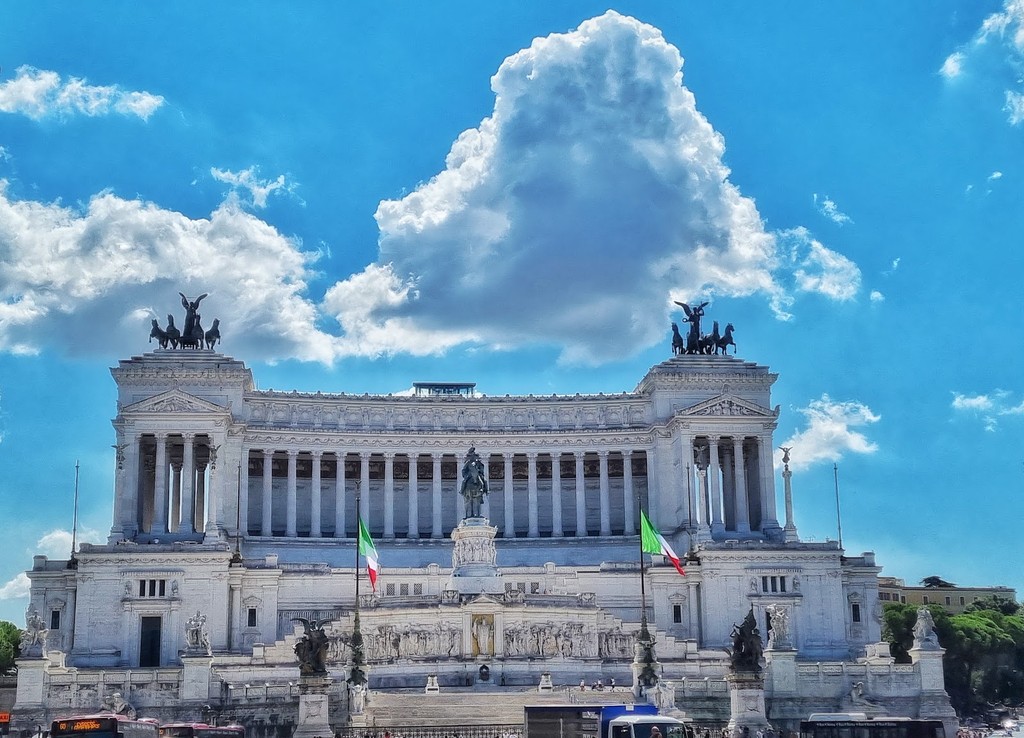
Piazza Venezia (Source: Google Maps)
Piazza Venezia is a bustling square in the heart of Rome, dominated by the imposing Vittoriano monument, also known as the Altar of the Fatherland. Completed in 1935, this grand structure honors Victor Emmanuel II, the first king of unified Italy. The monument's neoclassical design features majestic columns, staircases, and a large equestrian statue of the king. Surrounding the square are historical buildings that contribute to its cultural significance. Piazza Venezia serves as a vital junction for traffic and pedestrians, and it is often a site for public events and celebrations. Visitors can enjoy panoramic views of Rome from the monument's terrace, making it a popular stop on any tour.
Trevi Fountain
Continue to the Trevi Fountain, the largest Baroque fountain in the city, famous for its stunning sculptures and coin-throwing tradition.
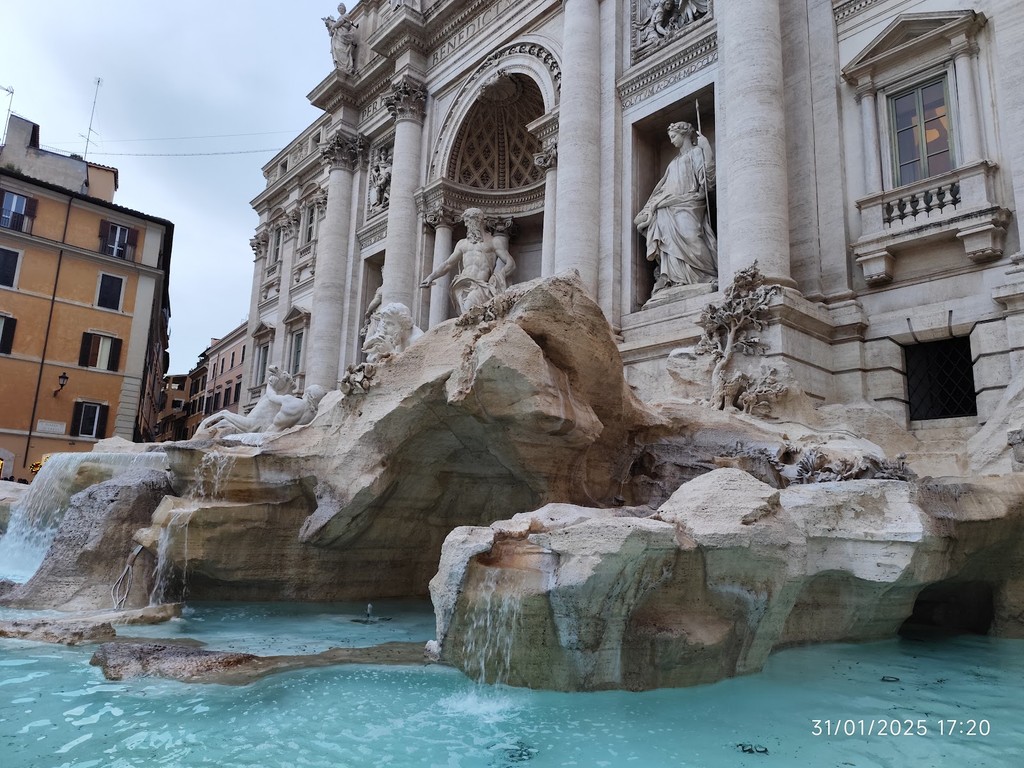
Trevi Fountain (Source: Google Maps)
The Trevi Fountain, completed in 1762, is the largest Baroque fountain in Rome and one of the city's most iconic landmarks. Designed by architect Nicola Salvi, the fountain features an elaborate display of sculptures, including Neptune, the god of the sea, flanked by allegorical figures representing Abundance and Health. The fountain's stunning design and intricate details captivate visitors, who flock to toss coins into its waters, a tradition believed to ensure a return to Rome. The Trevi Fountain is not just a masterpiece of art but also an important cultural symbol, representing the city's rich artistic heritage. It has been featured in numerous films, further solidifying its status as a must-see attraction.
Spanish Steps
Conclude this hour's exploration at the Spanish Steps, a monumental stairway of 135 steps linking the Piazza di Spagna with the Trinità dei Monti church.
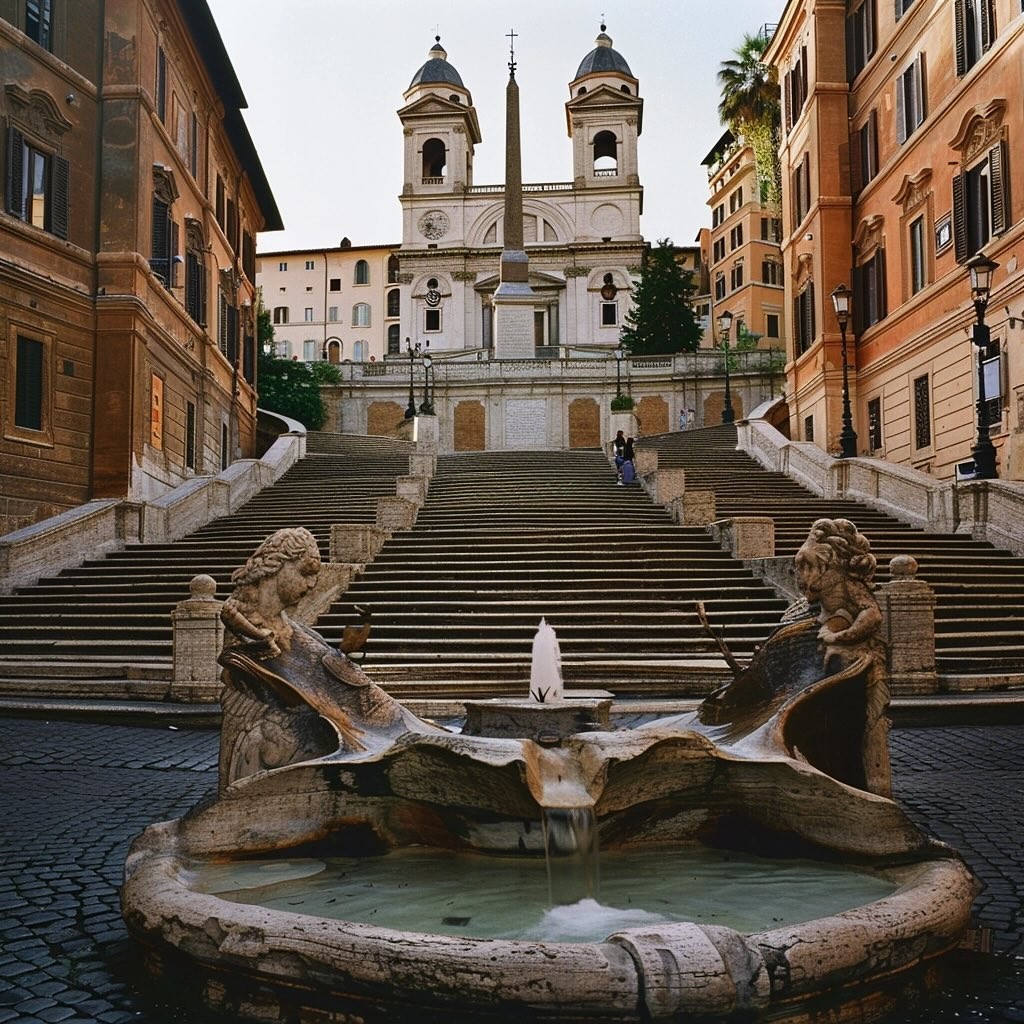
Spanish Steps (Source: Google Maps)
The Spanish Steps are a monumental stairway consisting of 135 steps, linking the Piazza di Spagna with the Trinità dei Monti church. Constructed in the 18th century, the steps were designed to facilitate the movement between the Spanish Embassy and the church, and they have since become a popular gathering place for both locals and tourists. The steps are adorned with beautiful flowers in the spring, enhancing their charm. At the base lies the famous Barcaccia Fountain, designed by Pietro Bernini. The Spanish Steps have been a cultural hotspot, featured in various films and art, making them a significant part of Rome's social life. Visitors often sit on the steps to enjoy the vibrant atmosphere of the surrounding area.
Piazza del Popolo
Begin the final hour at Piazza del Popolo, a large urban square known for its twin churches and the ancient Egyptian obelisk at its center.
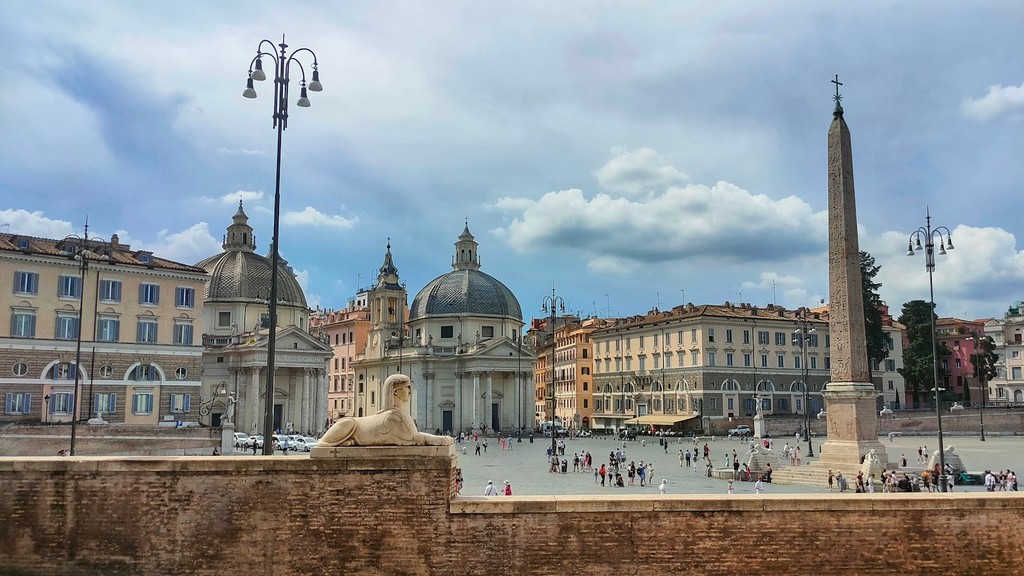
Piazza del Popolo (Source: Google Maps)
Piazza del Popolo is a large urban square that serves as a grand entrance to the city of Rome. It features a stunning layout with twin churches, Santa Maria dei Miracoli and Santa Maria in Montesanto, flanking an ancient Egyptian obelisk at its center. The obelisk, dating back to 1300 BC, was brought to Rome by Emperor Augustus and stands as a symbol of the city's historical connection to ancient Egypt. The square has been a central gathering place for centuries, hosting public events and celebrations. Its design reflects the neoclassical style, with impressive fountains and statues enhancing its beauty. Today, Piazza del Popolo remains a vibrant hub, attracting visitors who come to admire its architecture and enjoy its lively atmosphere.
Villa Borghese Gardens
Stroll through the beautiful Villa Borghese Gardens, offering a serene escape with its lush landscapes and hidden art treasures.
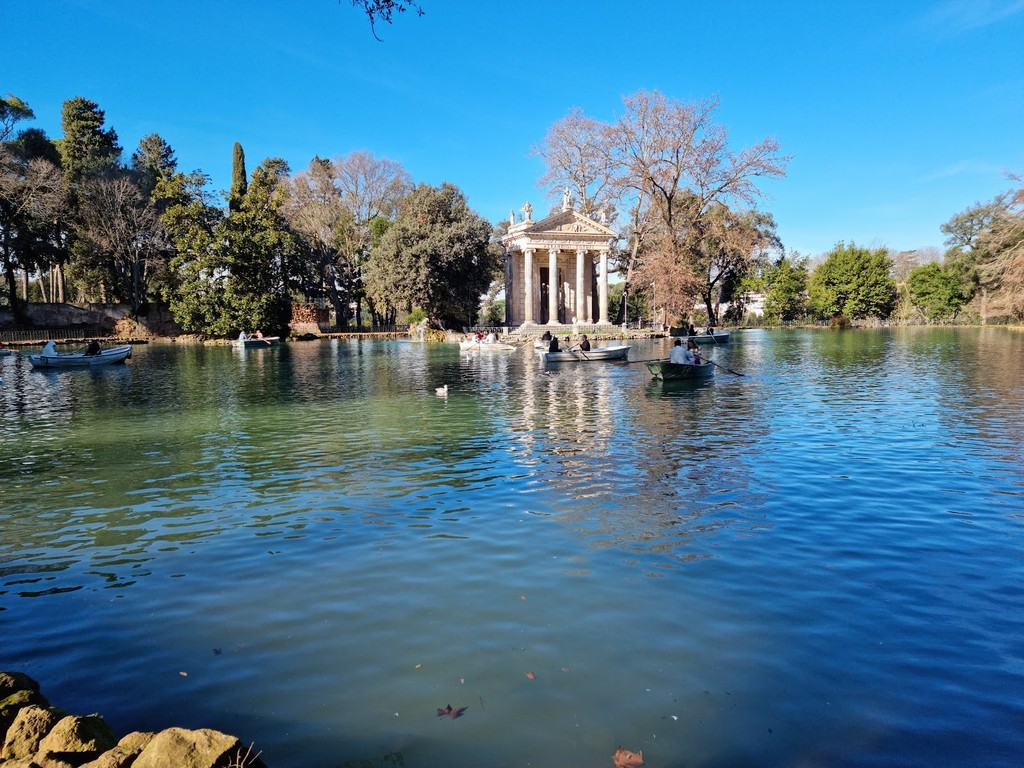
Villa Borghese Gardens (Source: Google Maps)
The Villa Borghese Gardens are a sprawling park located in the heart of Rome, offering a serene escape from the bustling city. Originally designed as a private garden for the Borghese family in the early 17th century, the gardens were opened to the public in the 19th century. The landscape features beautifully manicured lawns, picturesque ponds, and a variety of sculptures and fountains. Visitors can explore hidden paths that lead to charming viewpoints, making it a popular spot for leisurely strolls and picnics. The gardens also house several museums, including the Galleria Borghese, showcasing an impressive collection of art. The Villa Borghese Gardens are not only a testament to the beauty of landscape architecture but also a vital part of Rome's cultural and recreational life.
Galleria Borghese
End your tour with a visit to the Galleria Borghese, housing an impressive collection of art, including works by Caravaggio and Bernini.
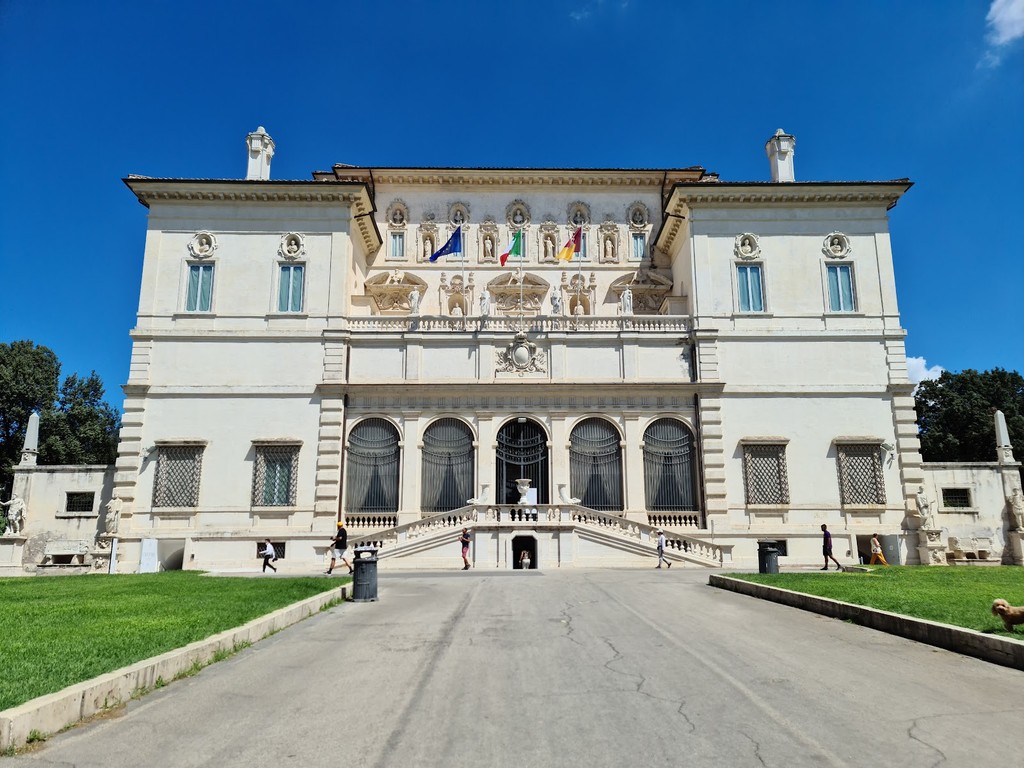
Galleria Borghese (Source: Google Maps)
The Galleria Borghese is an art museum located within the Villa Borghese Gardens, renowned for its exceptional collection of Renaissance and Baroque masterpieces. Established by Cardinal Scipione Borghese in the early 17th century, the gallery houses works by renowned artists such as Caravaggio, Raphael, and Bernini. Highlights include Bernini's sculptures like 'Apollo and Daphne' and 'The Rape of Proserpina,' which showcase his extraordinary talent for capturing movement and emotion. The museum's collection also features exquisite paintings, ancient sculptures, and decorative arts, providing a comprehensive overview of the artistic achievements of the period. The Galleria Borghese is not only a cultural treasure but also a beautiful architectural gem, making it a must-visit destination for art lovers.

Your travels, your rules.
Create your own Free Walking Tours.
Set your preferences, distances and anything you want to do or see.
Completely free, no payment required.